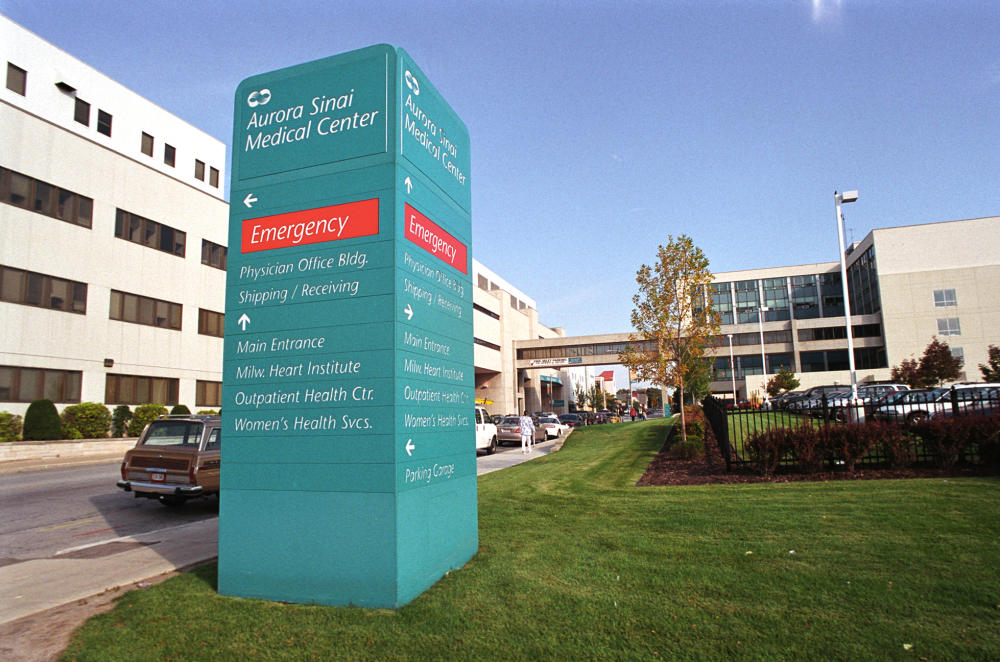A Milwaukee hospital is trying a new approach to get newly insured residents to stop using emergency rooms as their main source of medical care and develop relationships with doctors instead.
The pilot project at Aurora Sinai Medical Center, the only hospital left in a mostly poor, black area of downtown Milwaukee, is labor intensive. But it’s showing promise in getting patients connected with primary care doctors and in cutting ER costs.
“We’re targeting the high utilizers of the emergency department,” says Mark Huber, the hospital’s senior vice president of social responsibility.
Huber says the hospital placed social workers in the ER full time. It then identified 313 so-called frequent flyers who visited Aurora Sinai’s ER at least five times in four months. Those patients alone accounted for 1,827 emergency room visits in that time.
The social workers chose 39 people out of the 313 and spent the next eight months trying to change their habits so that when they get sick, they go to a primary care doctor or clinic rather than the ER.
“These are people who are in crisis all the time,” Huber says. “They don’t know where they’re going to sleep or whether they can get groceries. They can’t think about making appointments and planning ahead.”
The social workers developed a plan for each patient that included finding transportation to a doctor and securing child care for the appointment. Then they helped the patient make a first appointment. They even sometimes accompanied them to the visit.
After the visit, the social workers ensured that the patient made at least two follow-up appointments.
In the first four months, visits by these 39 people to the Aurora Sinai emergency room fell by 68 percent, from 487 to 155. Compared to four months before the program, the cost fell from $1.5 million to $440,000.
It’s a limited group, and won’t solve all the problems of inappropriate emergency room use. And it’s not cheap.
“We’re doing this strictly out of our own budget,” Huber said.
Still, the immediate savings of more than $1 million make the effort appear worthwhile if the patients continue to see their new doctors and don’t return to their ER habits.
The efforts are aimed squarely at one of the biggest conundrums emerging from the passage and implementation of the Affordable Care Act. Policymakers thought that once people had health insurance, they’d stop using emergency rooms for basic health care.
Instead, the opposite has happened. Study after study has shown that ER visits skyrocketed once Obamacare was implemented. People newly covered, especially by Medicaid, the federal insurance program for the poor, are flocking to emergency rooms for care.
Wisconsin did not extend Medicaid to as many poor residents as it could have under Obamacare. Still, Gov. Scott Walker did expand the program so that poor adults without children can now get the insurance.
Huber says one of the challenges is that many of these patients have serious physical ailments but also suffer from underlying mental health issues such as anxiety and depression. Those ailments make the prospect of finding a new doctor, making an appointment and following up harder than it is for patients without such challenges.
He says Aurora intends to continue the project, working through the list of ER regulars in an effort to connect them all with doctors.
One development that may aid Huber’s efforts is that Aurora is going to locate a community health clinic and an urgent care center within its walls. The new centers, set to open later this year, will allow ER staff and social workers to direct patients immediately away from the ER and into more appropriate care.
9(MDA3MTA1NDEyMDEyOTkyNTU3NzQ2ZGYwZg004))
